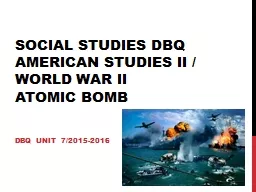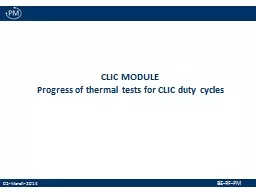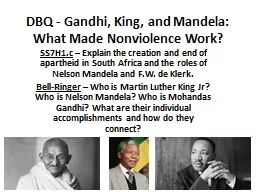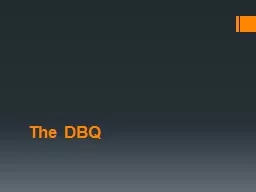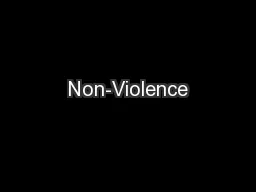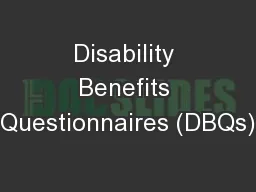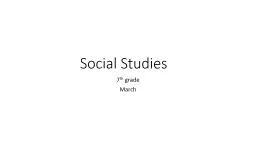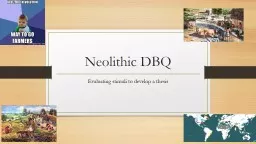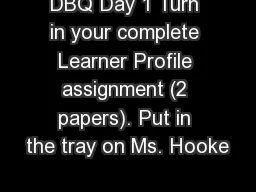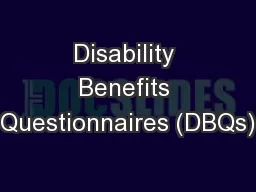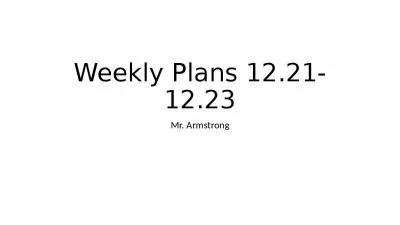PPT-Social Studies DBQ American Studies II /
Author : mitsue-stanley | Published Date : 2019-11-20
Social Studies DBQ American Studies II World War II Atomic Bomb DBQ Unit 720152016 Introduction This packet contains documents vocabulary questions for analysis
Presentation Embed Code
Download Presentation
Download Presentation The PPT/PDF document "Social Studies DBQ American Studies II /" is the property of its rightful owner. Permission is granted to download and print the materials on this website for personal, non-commercial use only, and to display it on your personal computer provided you do not modify the materials and that you retain all copyright notices contained in the materials. By downloading content from our website, you accept the terms of this agreement.
Social Studies DBQ American Studies II /: Transcript
Download Rules Of Document
"Social Studies DBQ American Studies II /"The content belongs to its owner. You may download and print it for personal use, without modification, and keep all copyright notices. By downloading, you agree to these terms.
Related Documents

